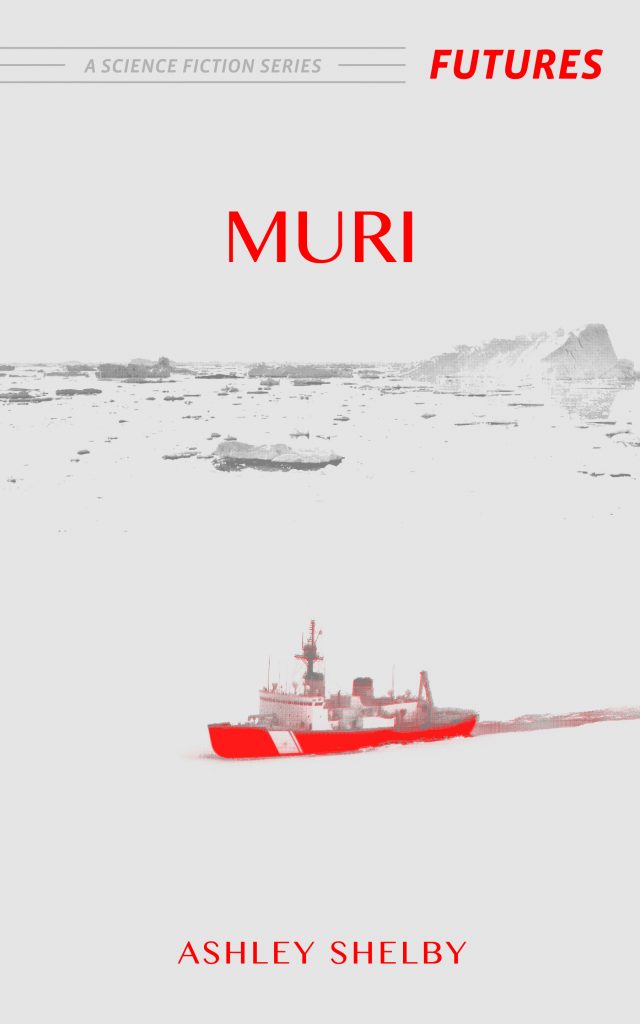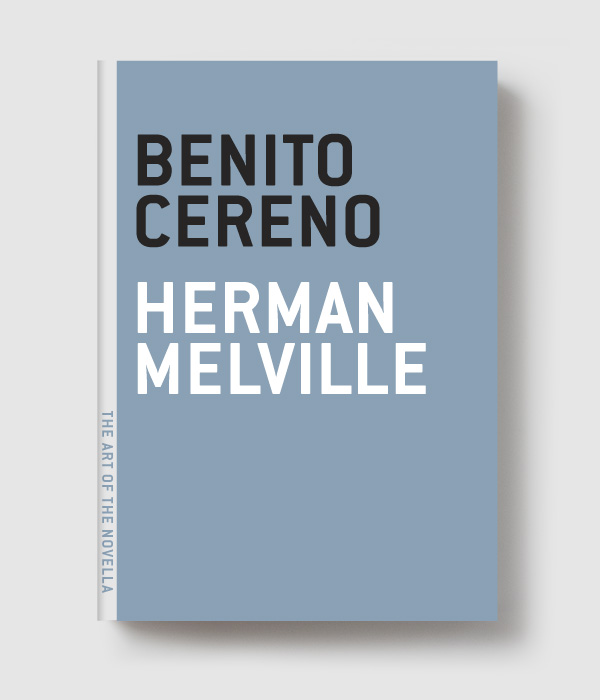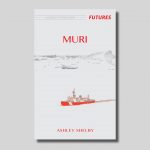limate fiction is becoming more mainstream. Whereas these stories have historically been grouped together under the genre of science fiction, more writers are now focusing on the specific issue of climate change and its impacts. I spoke to Ashley Shelby, author of the story Muri, about why she chose to pen a story like this for our science fiction series, Futures.
 Some people consider your fiction to fall under the auspices of climate fiction, or cli-fi. How do you see the relationship between cli-fi and sci-fi?
Some people consider your fiction to fall under the auspices of climate fiction, or cli-fi. How do you see the relationship between cli-fi and sci-fi?
Many, if not most, sci-fi purists believe that their genre must have a technological element in order to be considered science fiction. Not all climate fiction utilizes technology as an organizing literary principle. However, what both approaches do have in common—and I use “approach” deliberately because I have gone on record in the past arguing against the idea of climate fiction as a “genre”—is their interest in exploring possibilities. Science is telling us with some certainty what our future is going to look like climactically in the near future. What is less certain is how these impacts are going to affect our day-to-day lives. This is what art grapples with—making meaning, discovering meaning, creating meaning out of the elements of the everyday human experience, whether that experience takes place in the here and now, the coming Impacted future, or a world not yet discovered.
Muri is your first sci-fi story: why did you choose to write the story in the fantastic vein rather than go the realistic fiction route?
I think science fiction writers, even more so than other writers, are big “what if” thinkers. Because we are facing such an uncertain future, I find myself asking more “what if” questions than I did earlier in my writing career, when I chose to sift through history to make sense of the present (South Pole Station is set in 2003-2004). I am preoccupied by the idea that even as humans deny that changes are coming, and, in many cases, are already here, Nature is already sensing the shift and beginning to adapt, even if the adaptation means human extinction. Although I know that Nature is talking to us in scientific terms—wild weather patterns, sea level rise, mass extinctions—I find myself thinking about what our fellow sentient beings would say to us if they could communicate in a language we could not help but understand. What would they say? I guess in Muri I wanted to go beyond the figurative. I wanted to be literal. And delving into the literal with this particular narrative required a more flexible genre. Science fiction, and its fans, often embrace risk-taking in a way that the gatekeepers of “literary fiction” do not.
“Science fiction, and its fans, often embrace risk-taking in a way that the gatekeepers of ‘literary fiction’ do not. “
Do you see sci-fi as a kind of escapist literature or does it have a role in helping readers grapple with and think about climate change?
I’ve never considered science fiction “escapist” literature, if by escapism we’re suggesting that the reader is no longer engaging with the here and now. The best sci-fi is thoughtfully speculative yet engages with the challenges and concerns faced by readers in their daily lives, even if it does so subtly. Science fiction also concerns itself with the fables, myths, and other foundational kinds of storytelling as it examines how humanity changes (or does not) in the face of new technologies and the new realities they spawn. These latter traits will undoubtedly be part of a climate-impacted future, which means what may later be termed “contemporary fiction” is currently labeled climate fiction—or even science fiction. We’ve seen this happen again and again. Arthur C. Clarke described virtual reality games—in 1956. Bradbury wrote of self-driving cars. In the early nineteenth century, Mary Shelly was imagining the life-saving potential of organ transplants. The speculative becomes the descriptive. To me, this is where the Venn diagram of sci-fi and cli-fi overlap.
In terms of how it helps us understand the changes around us, I think that fiction that concerns itself in a specific way with climate might allow readers to experience both the danger (Paolo Bagicaluppi’s The Water Knife, for example) and the hope (Kim Stanley Robinson’s New York 2140) embedded in the coming climate impact. I feel strongly, however, that apocalyptic visions of a climate impacted future are not effective at communicating the threat, since they create such distance—true escapism—that they can be discounted by the reader as being improbable. On the other hand, activism and messaging of this kind are not usually the goal of a fiction writer. Sometimes, and maybe even most often, art itself is the only directive. How that idea bumps up against storytelling choices in climate fiction is a question for another day!

Cover of the 2006 Edition of BENITO CERENO, published by Melville House Books.
Why did you choose to approach the narration of this story the way you did—in other words, why the formal, almost anachronistic tone for a piece set in the future?
This story is a re-imagining of Melville’s masterpiece Benito Cereno, which is a remarkably complex morality tale, based on a real slave revolt on board a slaver’s ship, which itself is dressed up as a nautical adventure. Obviously, Muri cannot begin to approach Melville’s genius—this underrated novella was far ahead of its time—and can only be inspired by it and interact with it. However, I saw in Benito Cereno themes that strike me as resonant of the coming climate crisis: oppression, justice, destruction of life and dignity, the underestimation of the intelligence of our fellow living beings, resilience, stark moral choices, the list goes on. Because the premise of my story requires a leap of faith on the part of the reader I wanted to balance that by retaining the formal, sometimes brittle narrative voice so common to historical nautical fiction, like Mutiny on the Bounty, Poe’s The Narrative of Arthur Gordon Pym, Jack London’s The Sea-Wolf, and Melville’s own Moby Dick.
“I think that fiction that concerns itself in specific ways with climate might allow readers to experience both the danger and the hope embedded in the the coming climate change impact.”
What are you reading now?
I’m reading all about psychopaths, neurology, so-called “warrior genes,” monoamine transmitters, and “cold cognition,” for my novel-in-progress, so I just finished The Psychopath Inside by James Fallon, The Wisdom of Psychopaths (yes, that’s a real title) by Kevin Dutton, and Confessions of a Sociopath by M.E. Thomas. I’m also reading Seth Kanter’s Ordinary Wolves.
What’s the next project readers can expect to see from you?
See the stew of books above for a clue!
Ashley’s short story Muri is part of Futures: A Science Fiction Series and is available now. Read an excerpt of the story on our blog, and when you’re ready to buy, head over to our online store to purchase a copy. Or purchase the box set and get all seven stories in the series!
See more of Ashley’s work at her website, ashleyshelby.com.





